oldstuff.in
Chevrolet Corvette 1969
![]() Manufacturer : Chevrolet
Manufacturer : Chevrolet
![]() Productions : 1969
Productions : 1969
![]() Engine : 427 Cubic Inch V8, 435 HP
Engine : 427 Cubic Inch V8, 435 HP
![]() Transmission : 4-speed, manual Read the rest of this entry »
Transmission : 4-speed, manual Read the rest of this entry »
Chevrolet Corvair 1969
![]() Manufacturer : Chevrolet
Manufacturer : Chevrolet
![]() Productions : 1969
Productions : 1969
![]() Engine : 6 cylinders , 110 HP
Engine : 6 cylinders , 110 HP
![]() Transmission : 4-speed, automatic Read the rest of this entry »
Transmission : 4-speed, automatic Read the rest of this entry »
Chevrolet NASCAR Black Widow 1957
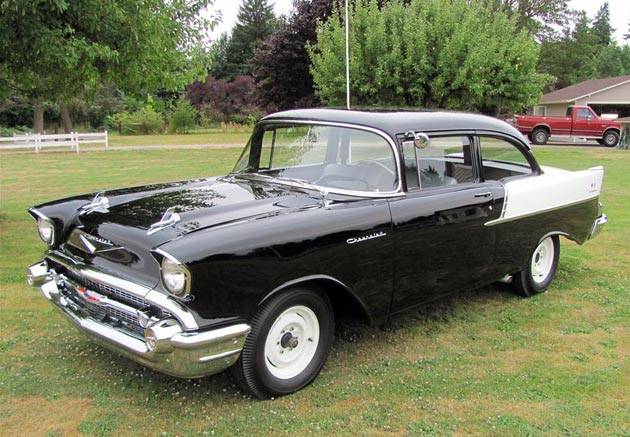
Chevrolet NASCAR Black Widow 1957 specifications :
Manufacturer : Chevrolet
Productions : 1957
Engine : fuel-injected, 283-cubic-inch, 283-horsepower small-block Chevy engine, three-speed manual transmission, six-lug wheels, 20-gallon gas tank and no radio, cigarette lighter or arm rests.
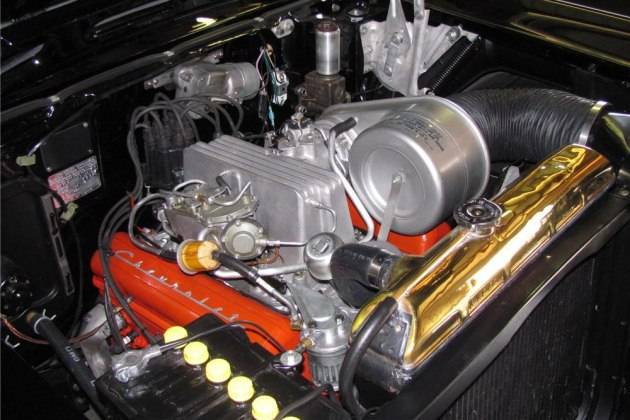

Source : Autoblog
Subaru Rex (1981-1986)
Subaru Rex (1981-1986)
![]() Manufacturer : Subaru
Manufacturer : Subaru
![]() Productions : 1981-1986
Productions : 1981-1986
![]() Engine : inline 2 cylinder, 30,85.00 PS (22,89 kW or 30,85 HP) at 6000 Rev. per min.
Engine : inline 2 cylinder, 30,85.00 PS (22,89 kW or 30,85 HP) at 6000 Rev. per min.
![]() Transmission : 4 speed manual transmission
Transmission : 4 speed manual transmission
![]() Source : wikipedia.org
Source : wikipedia.org
In August 1981, the second generation Subaru Rex became front wheel drive, with all new bodywork and independent suspension all around. Power remained at 31 PS (23 kW), with a twin-barrel carburettor. Three and five-door hatchback versions were available. Optional on-demand 4WD became available after October 1983. The 4WD system was electrically engaged by depressing an embedded switch on top of the gear shift. A turbo was introduced on the 4WD Rex in December 1983. The Rex Dinos, a trim level introduced in 1982, was only available by mail order catalog.
In the European markets, this car was originally marketed as the Subaru 600 or Mini Jumbo. In September 1982 it became the Subaru 700, as it received a larger 665 cc version of the two-cylinder,producing 37 PS (27 kW) (a 35 PS version using lower octane gas was also available). The engine used a single-barrel carburettor. Top speed was 125 km/h (78 mph), compared to 110 km/h (68 mph) for the 31 PS (23 kW) domestic version. These cars were 9 cm longer than their domestic counterparts, due to bigger bumpers, and received 12-inch wheels (rather than the ten-inch units used in Japan). Production ended in September 1986, as Subaru was getting ready to introduce the modernized third generation Rex.
Toyota Hi-Lux – 1974

1974 Toyota Hi-Lux Specifications :
Manufacturer : Toyota
Productions : 1974
Engine : 4WD, 4 cylinders, 1967 cc, 97 HP, Gasoline fuel type, manual transmission.
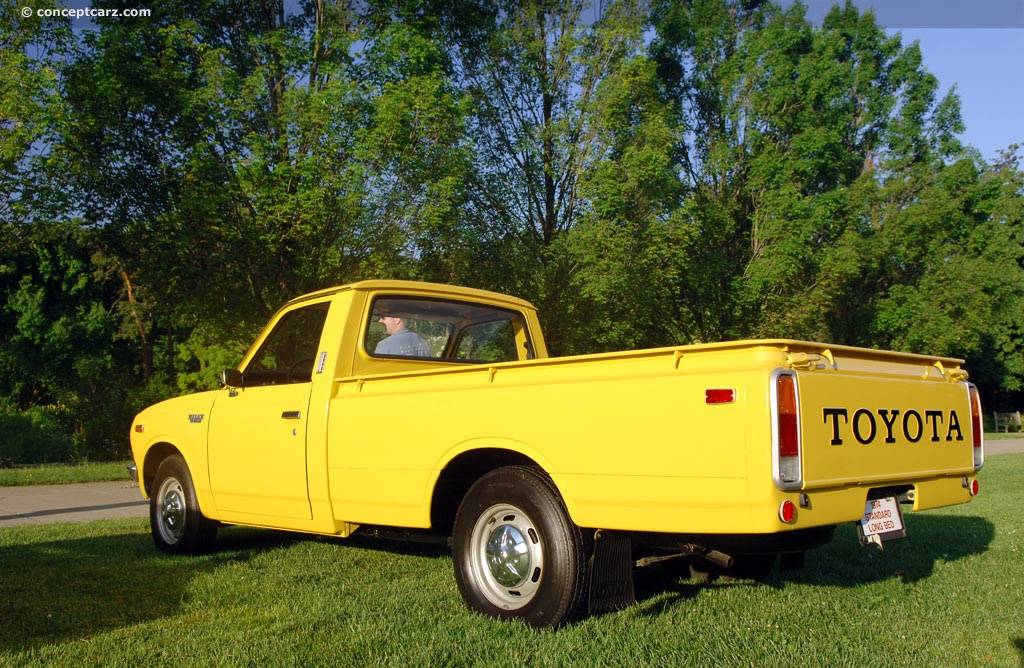
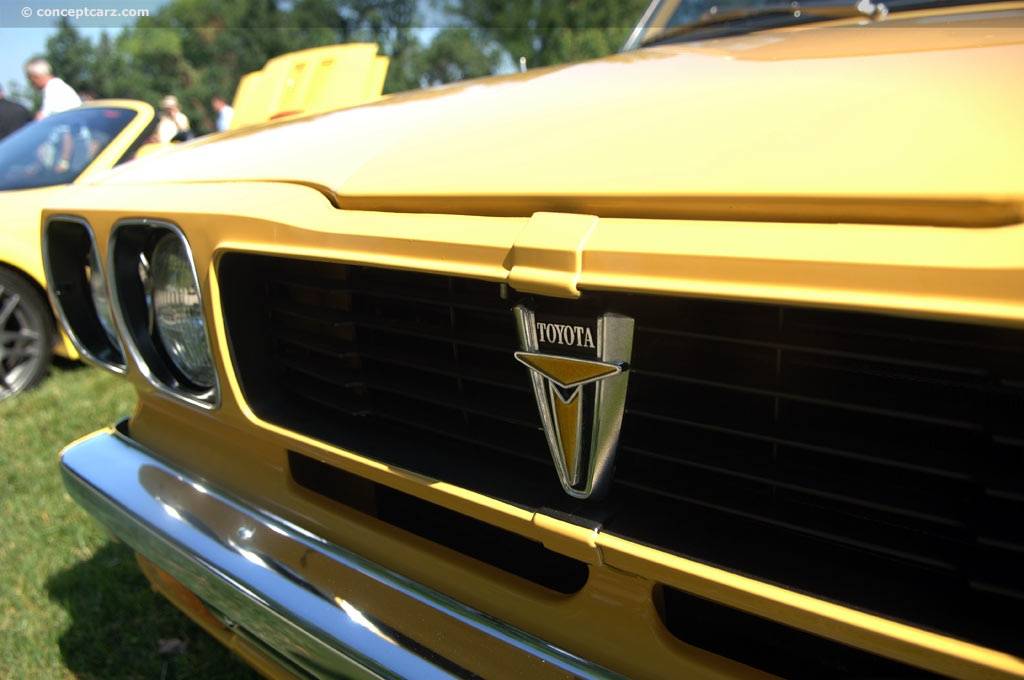
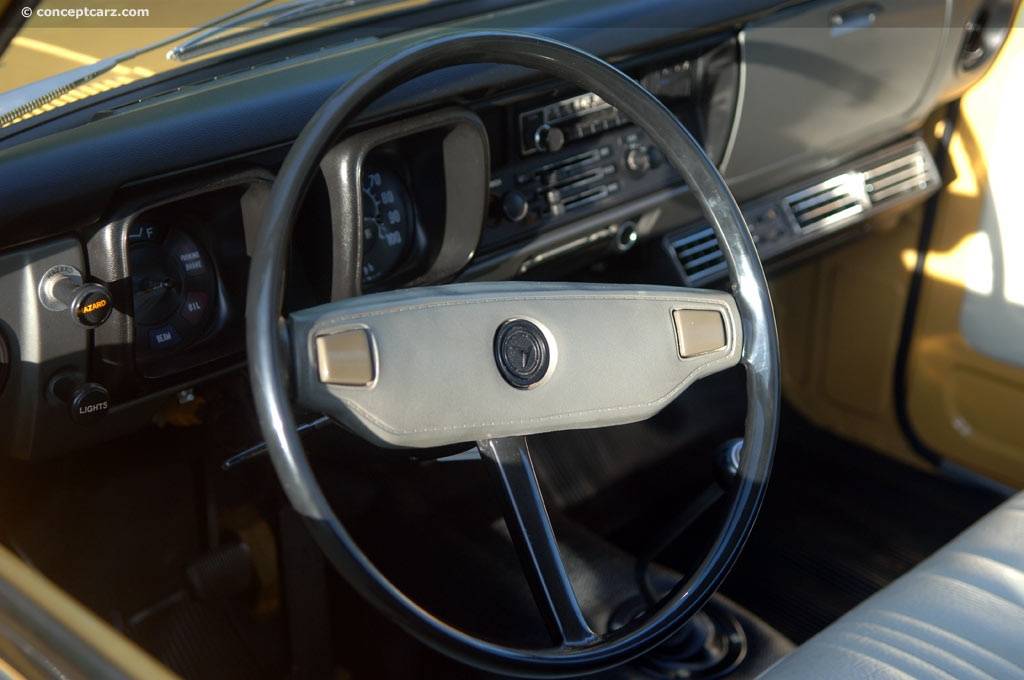
source : http://www.conceptcarz.com/
Jeep Wagoneer (1963)
Jeep Wagoneer (1963) 1
![]() Manufacturer : Jeep
Manufacturer : Jeep
![]() Productions : 1963
Productions : 1963
![]() Engine : 230 cu in (3.8 L) Tornado I6
Engine : 230 cu in (3.8 L) Tornado I6
![]() Transmission : 3 speed manual transmission
Transmission : 3 speed manual transmission
![]() Source : wikipedia.org
Source : wikipedia.org
The Jeep Wagoneer was an early sport utility vehicle (SUV), produced under varying marques from 1963 to 1991. It was noteworthy for being in production for more than 28 years with only minor mechanical changes. An overhead cam engine, along with independent front suspension (both later discontinued), supplemented with features unheard of in any other 4WD vehicle (including power steering and automatic transmission), made it revolutionary at the time. A solid front axle was available as well. Compared with offerings from International Harvester and Land Rover — which were producing utilitarian work-oriented vehicles that were quite spartan and truck-like on the inside — the Jeep Wagoneer was the first true luxury 4×4. The Jeep Wagoneer is based on the Jeep SJ platform. It debuted seven years (24 years in the United States) before the Land Rover Range Rover. It was also one of the last few vehicles sold in the United States that still used a carburetor, well after most other vehicles had switched to fuel injection. Only Isuzu with its base-model pickup truck would hold out longer, selling its last carbureted vehicle in 1993.
Read the rest of this entry »
Chrysler Cordoba (1980)
Chrysler Cordoba (1980)
![]() Manufacturer : Chrysler
Manufacturer : Chrysler
![]() Productions : 1980
Productions : 1980
![]() Engine : inline 4 cylinder, 225 cu in (3.7 L) Slant 6 I6
Engine : inline 4 cylinder, 225 cu in (3.7 L) Slant 6 I6
![]() Transmission : 3 speed automatic transmission
Transmission : 3 speed automatic transmission
![]() Source : wikipedia.org
Source : wikipedia.org
The 1980 LS model (which was originally intended to be the “300″) featured an aerodynamic-appearing nosecone (nearly identical to that on the Mirada) with a “crosshair” grille. Other features of this model were the deletion of the vinyl roof cover and a monotone color exterior.
The second-generation Cordoba’s styling did not attract the praise of the original, and sales were off substantially. The industry downsizing of vehicles also affected the personal luxury models. Both the Chevrolet Monte Carlo in 1978 and the 1980 Ford Thunderbird shrank in size and sales simultaneously.
Read the rest of this entry »
Saab EV-1 Concept Car (1985)
Saab EV-1 Concept Car (1985)
![]() Manufacturer : Saab
Manufacturer : Saab
![]() Productions : 1985
Productions : 1985
![]() Engine : 285 hp (213 kW)
Engine : 285 hp (213 kW)
![]() Source : netcarshow.com
Source : netcarshow.com
Saab EV-1, or Saab 900 Turbo EV-1, was developed by Saab in 1985 as a fully functional and roadworthy future design study (EV-1 stands for Experimental Vehicle One). It was a wedge-shaped 2 + 2 sports coupé body style based on the Saab 900 Turbo 16v. The body was steel and the roof all glass. The design was made by Björn Envall and included such features as a solar powered interior cooling fan with 66 solar cells mounted in the glass roof. This device cooled the car when parked in sunlight. The front and rear bumpers (fenders) were designed to absorb impacts and revert to their original shape. They were made of Aramid fiber (Kevlar) reinforced fiberglass. The side doors featured carbon-fibre side impact protection. Most of the parts were from the Saab 900 Turbo 16 and modified, but the seats came from a Chevrolet Corvette. The engine was tuned to give 285 hp (213 kW). The top speed was 270 km/h and 0 to 100 km/h acceleration took 5.9 seconds. An interesting feature is that the speedometer lights only illuminate the area around the current speed. A feature incorporated as standard, in modified form, on later production models.
McLaren M6GT (1967-1969)
![]() Manufacturer : McLaren
Manufacturer : McLaren
![]() Productions : 1967-1969
Productions : 1967-1969
![]() Source : netcarshow.com
Source : netcarshow.com
The McLaren M6A was a racing car developed by driver Bruce McLaren and his Bruce McLaren Motor Racing team for their entry in 1967 Can-Am season. As a replacement for the team’s M1Bs from 1966, the Chevrolet-powered McLaren M6A’s improved design earned Bruce McLaren and his team their first of multiple Can-Am championships. After the McLaren M6A were replaced by the M8A in preparation for 1968, McLaren and technical partner Trojan developed the M6B which was sold to customers for use in Can-Am as well as other racing series.
The M6 name was later used in the development of a closed-cockpit sports car for the 24 Hours of Le Mans and known as the M6GT. The company’s plan to homologate it for the FIA’s Group 4 regulations was however never completed, and only a few M6GT prototypes were finished by McLaren and Trojan. Two M6GTs were later converted to road cars, one of which became Bruce McLaren’s personal transport.